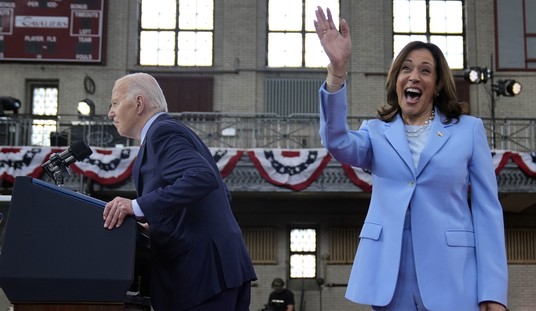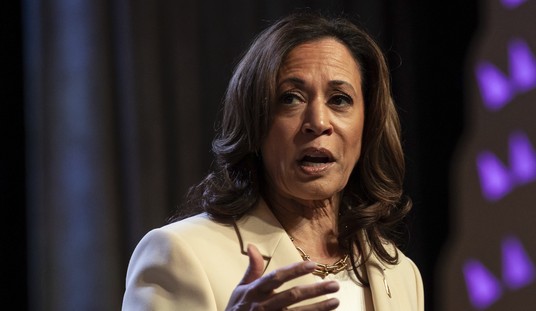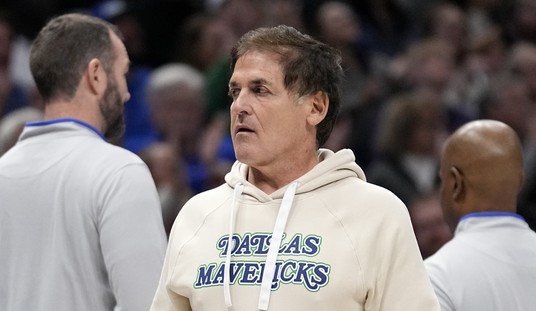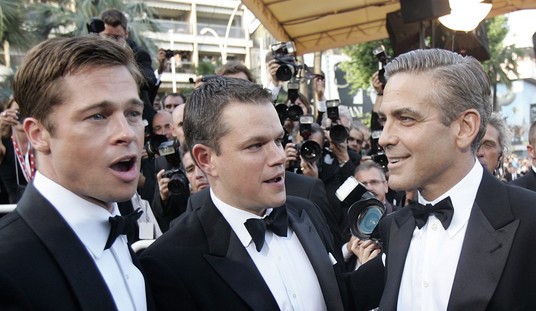I find the notion of ransom entirely plausible. It’s also plausible that the administration would fight tooth and nail to keep that part of the deal secret.
Can you imagine the “optics” of paying terrorists cash so they can go out and buy weapons and explosives to kill Americans?
The theory, as reported in the Free Beacon, is that the Haqqani Network who was holding Bergdahl are more like a mafia family than terrorists. They would be far more interested in cash than Taliban commanders being held at Gitmo.
The Taliban acted as a go-between, using their influence to help free Bergdahl. But might the pot have been sweetened with a million dollars or so?
The official, who requested anonymity because he is not authorized to speak to the press, speculated that a cash ransom was paid to the Haqqani Network to get the group to free the prisoner.
The Obama administration reportedly considered offering cash for his release as late as December 2013. The State Department has repeatedly refused to say whether the deal that released Bergdahl involved any cash payment.
The ransom plan was reportedly abandoned, but the intelligence official insisted that there is reason to believe that cash changed hands as part of the deal.
“The Haqqanis could give a rat’s ass about prisoners,” the official said, referring to the Haqqani Network, a designated terrorist group in Afghanistan and Pakistan, and the five Guantanamo Bay prisoners who were freed in exchange for Bergdahl’s release.
“The people that are holding Bergdahl want[ed] cash and someone paid it to them,” he said.
The theory relies in large measure on a distinction that has been lost in much of the press coverage of the Bergdahl deal. A number of news reports on the circumstances surrounding the prisoner exchange have used “Haqqani” and “Taliban” interchangeably.
Experts say that obscures very real differences between the two groups that are key to understanding the deal that freed Bergdahl.
The Taliban is an ideologically committed group, they say, while the Haqqani Network is better understood as a tribal crime syndicate using unrest in the region not to advance an Islamist agenda but to further own financial and political interests.
“When Westerners talk [about the] Taliban, we tend to use it as a generic term,” said American Enterprise Institute scholar Michael Rubin, a former Middle East advisor to Defense Secretary Donald Rumsfeld. “Afghans are more likely to talk about the Haqqani Network versus the Quetta Shura [also known as the Afghan Taliban] versus the Tehrik-i-Taliban Pakistan.”
Four of the five prisoners released from Guantanamo were top Taliban commanders. One western diplomat said their release was “like moving the whole Quetta Shura to Qatar.”
If we did pay a ransom for Bergdahl to Haqqani, what sorts of stuff would they buy with it? On the next page is a partial list via Wikipedia of terrorist attacks thought to have been carried out by Haqqani:
- 14 January 2008: 2008 Kabul Serena Hotel attack is thought to have been carried out by the network.[19]
- March 2008: Kidnapping of British journalist Sean Langan was blamed on the network.[57]
- 27 April 2008: Assassination attempts on Hamid Karzai.[6]
- 7 July 2008: US intelligence blamed the network for 2008 Indian embassy bombing in Kabul.[58]
- 10 November 2008: The Kidnapping of David Rohde was blamed on Sirajuddin Haqqani.[59]
- 30 December 2009: Camp Chapman attack is thought[by whom?] to have been carried out by the network.[60]
- 18 May 2010: May 2010 Kabul bombing was allegedly[by whom?] carried out by the network.[61]
- 19 February 2011: Kabul Bank in Jalalabad, Afghanistan.[62]
- 28 June 2011: According to ISAF, elements of the Haqqani network provided “material support” in the 2011 attack on the Hotel Inter-Continental in Kabul.[63] The Taliban claimed responsibility.[64]
- 10 September 2011: A massive truck bomb exploded outside Combat Outpost Sayed Abad in Wardak province, Afghanistan, killing five Afghans, including four civilians, and wounding 77 U.S. soldiers, 14 Afghan civilians, and three policemen. The Pentagon blamed the network for the attack.[65]
- 12 September 2011: US Ambassador Ryan Crocker blamed the Haqqani network for an attack on the US Embassy and nearby NATO bases in Kabul. The attack lasted 19 hours and resulted in the deaths of four police officers and four civilians. 17 civilians and six NATO soldiers were injured. Three coalition soldiers were killed. Eleven insurgent attackers were killed.[66]
- October 2011: Afghanistan’s National Directorate of Security said that six people arrested in an alleged plot to assassinate President Karzai had ties to the Haqqani network.[67]
- 15 April 2012: Haqqani Network fighters initiate the summer fighting season, conducting a complex attack across Kabul, Logar and Paktia provinces. Several western embassies in Kabul were attacked in the Say Wallah district.
- 1 June 2012: A massive suicide truck bomb breaches the southern perimeter wall of US Forward Operating Base Salerno in Khost province. A dozen Haqqani fighters wearing suicide vests entered the breach, but were isolated and killed by US Forces.
You would hope they’d buy Caddies and Rolexes like any decent mafioso rather than guns and bombs with cash we might have paid them for Bergdahl’s release. And if we did pay them, the chances are excellent that the American people will never be any the wiser.









Join the conversation as a VIP Member